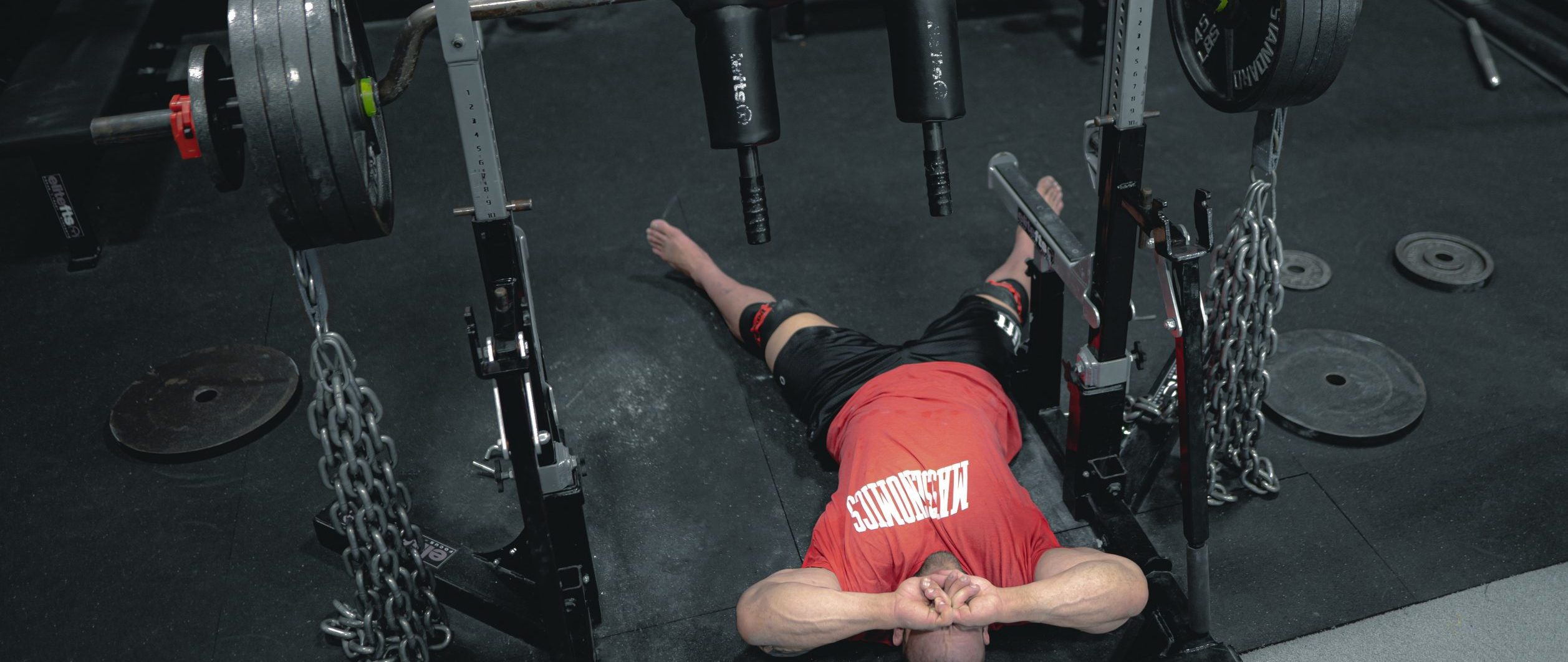
In my last blog post, I shared the model of athletic development I use for bodybuilding programming. Beginners need to develop the technical proficiency necessary to train their muscles using basic movement patterns. Intermediates need to develop a strength base in order to handle weights sufficient to stimulate significant hypertrophy.
To move to the advanced level, an athlete must learn how to grind. Most powerlifters already know what a good grind looks like, but few can put that knowledge into practice.
In case you don’t know what it means to grind, check out Dan Green and Joe Sullivan push through these 800+-pound squats:
My definition for bodybuilding is pretty simple to understand, but hard to execute:
Learning to grind means being able to push to absolute failure without any breakdown in technique.
Most lifters can’t do this. When they reach high intensities and effort levels, their technique breaks down. Some examples of this might include:
- Letting the hips rise too quickly on the squat or deadlifts
- Letting the elbows flare too much or too early on presses
- Cutting range of motion
- Failing to maintain a controlled tempo
- Not fully locking out at the end of a set
Only very advanced athletes can avoid all of these pitfalls while still pushing their bodies to the limit.
However, that skill is extremely valuable, especially in a bodybuilding context, because it allows a lifter to get so much stimulus out of a single set that progress can be made on lower-volume training. Less time in the gym means more time eating and growing, and typically also allows for more frequent training sessions, so bodybuilders who can grind will usually progress faster than those who don’t.
So, how do you learn to grind? Again, it’s simple… but not easy.
- Identify the intensity level where technique starts to break down. The lower the intensity, the more work you have to do. In other words, someone who can maintain good technique with 90% of his or her 1RM is likely more advanced than someone who can only maintain good technique with about 80%.
- Program your training to include multiple low-rep sets right below that point. For example, if your technique breaks down around 90% 1RM, you might do 6-8 sets of 2-3 reps with 85% 1RM. I find that Prileipin’s table is extremely useful for this sort of programming.
- Slowly and gradually increase your working weights until you’re able to maintain good technique at your original breaking point.
- Repeat until you can push to failure with perfect form.
Keep in mind that you’ll likely have an easier time learning to grind on some lifts than others. Your skeletal structure, confidence, and experience can all affect how easy or difficult it is to learn to grind. Be patient! Grinding is a skill and if you put enough time into developing it, I guarantee you’ll be proud of the results.








